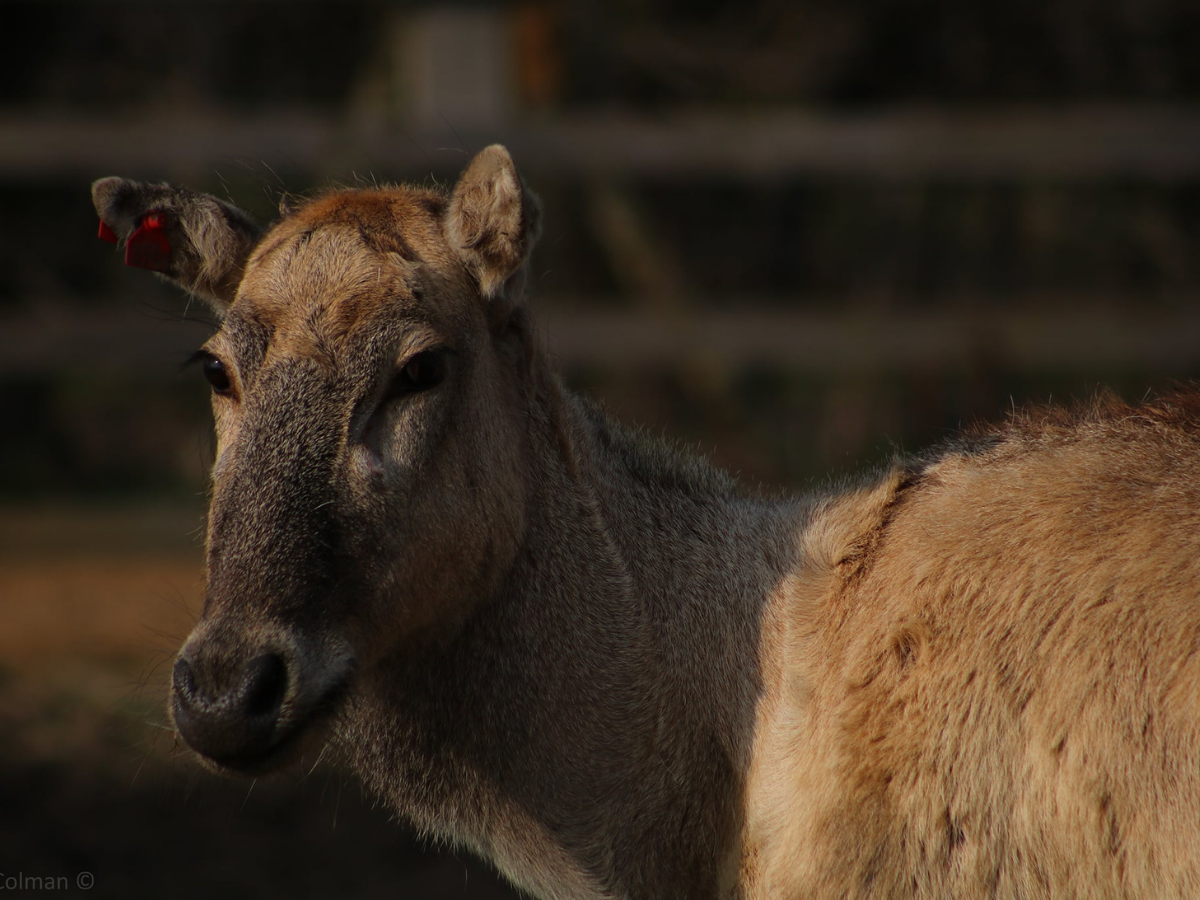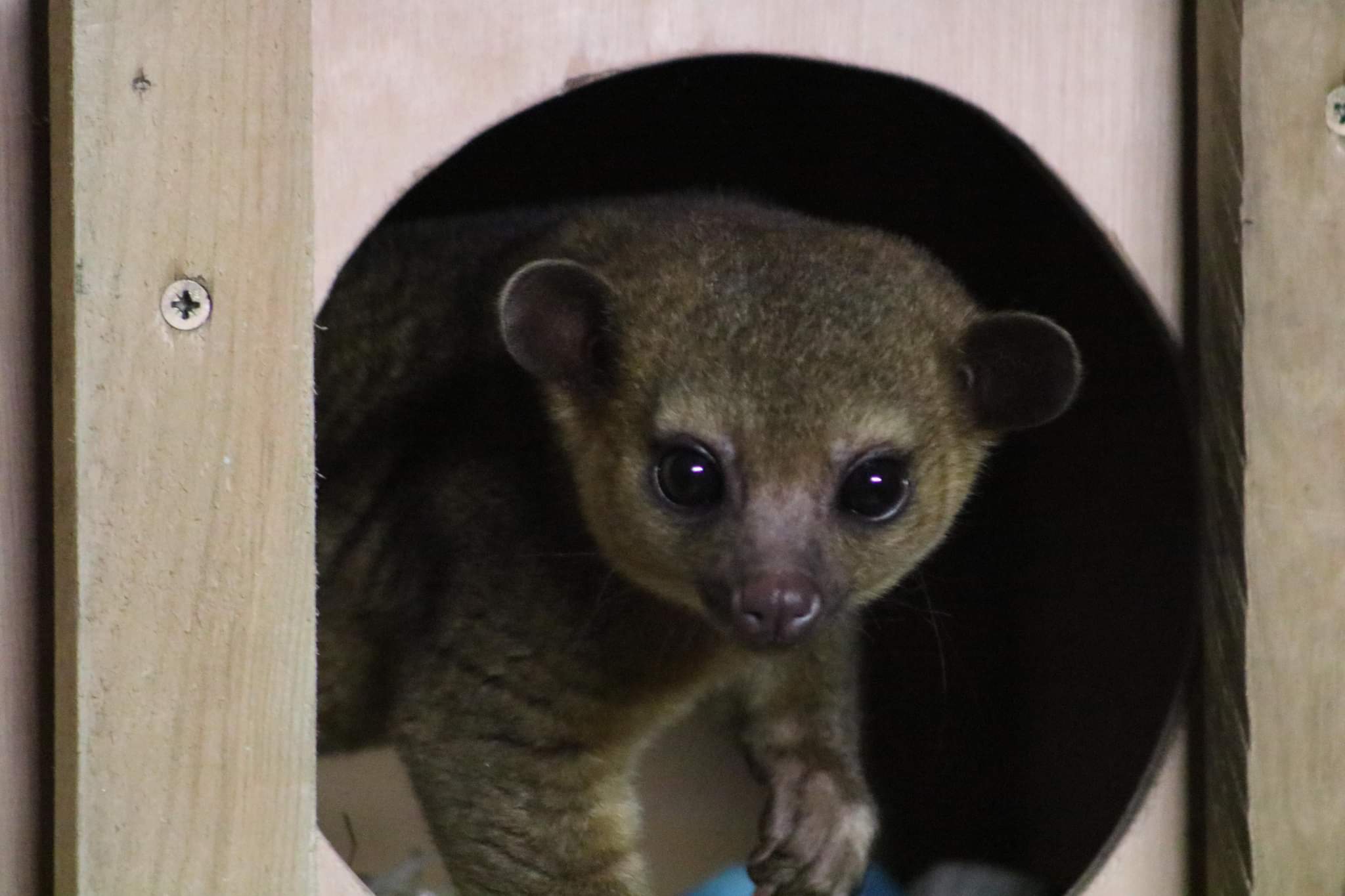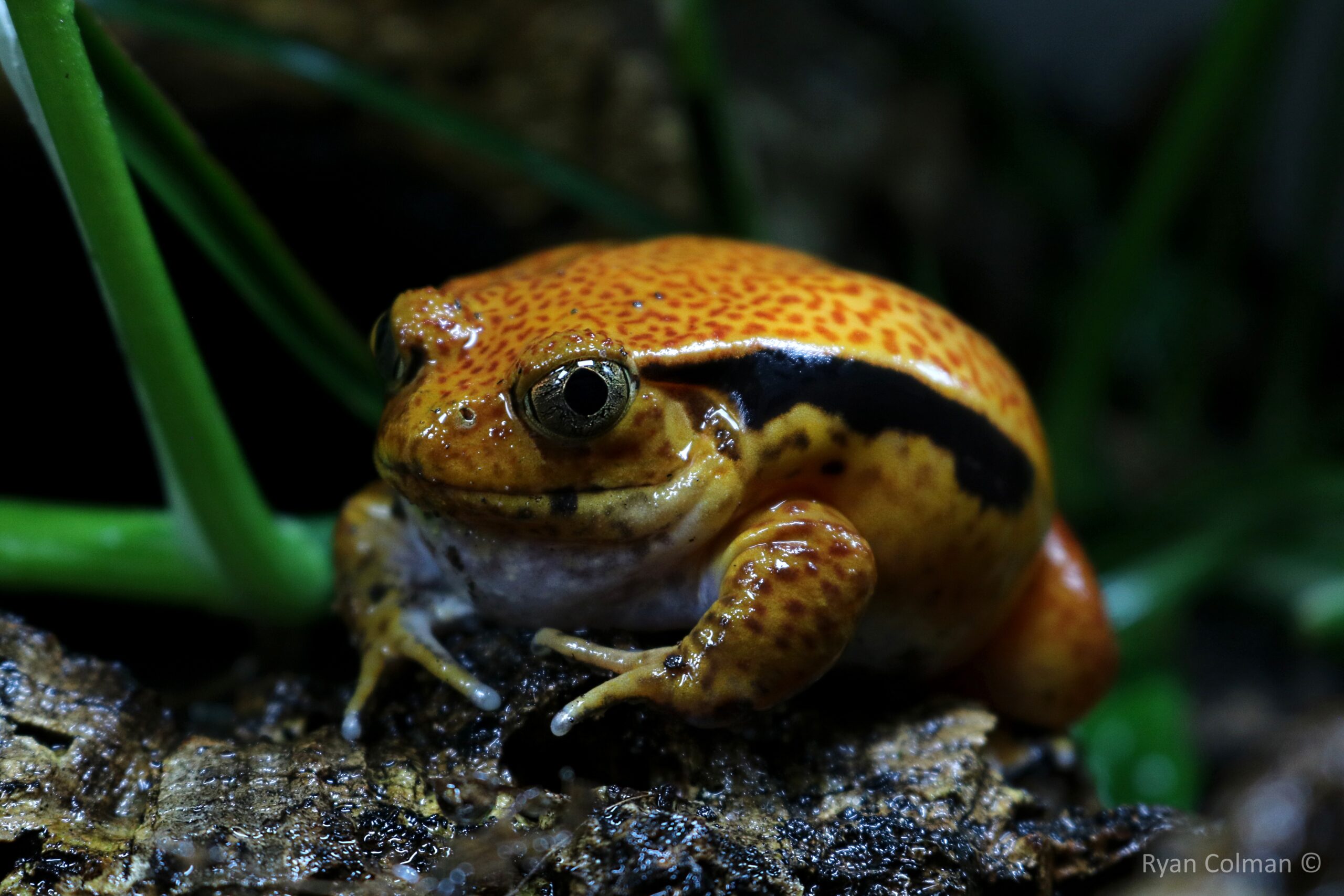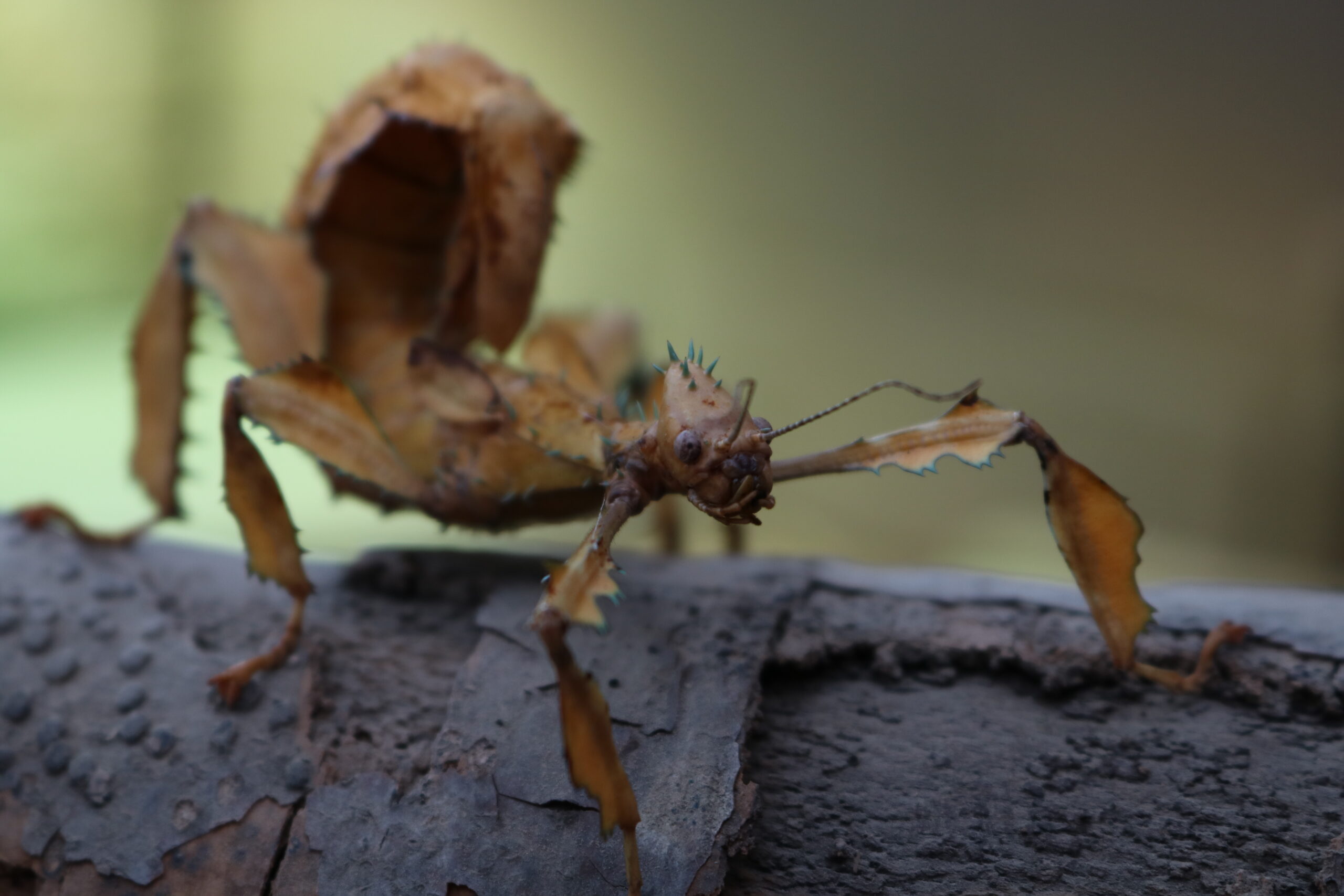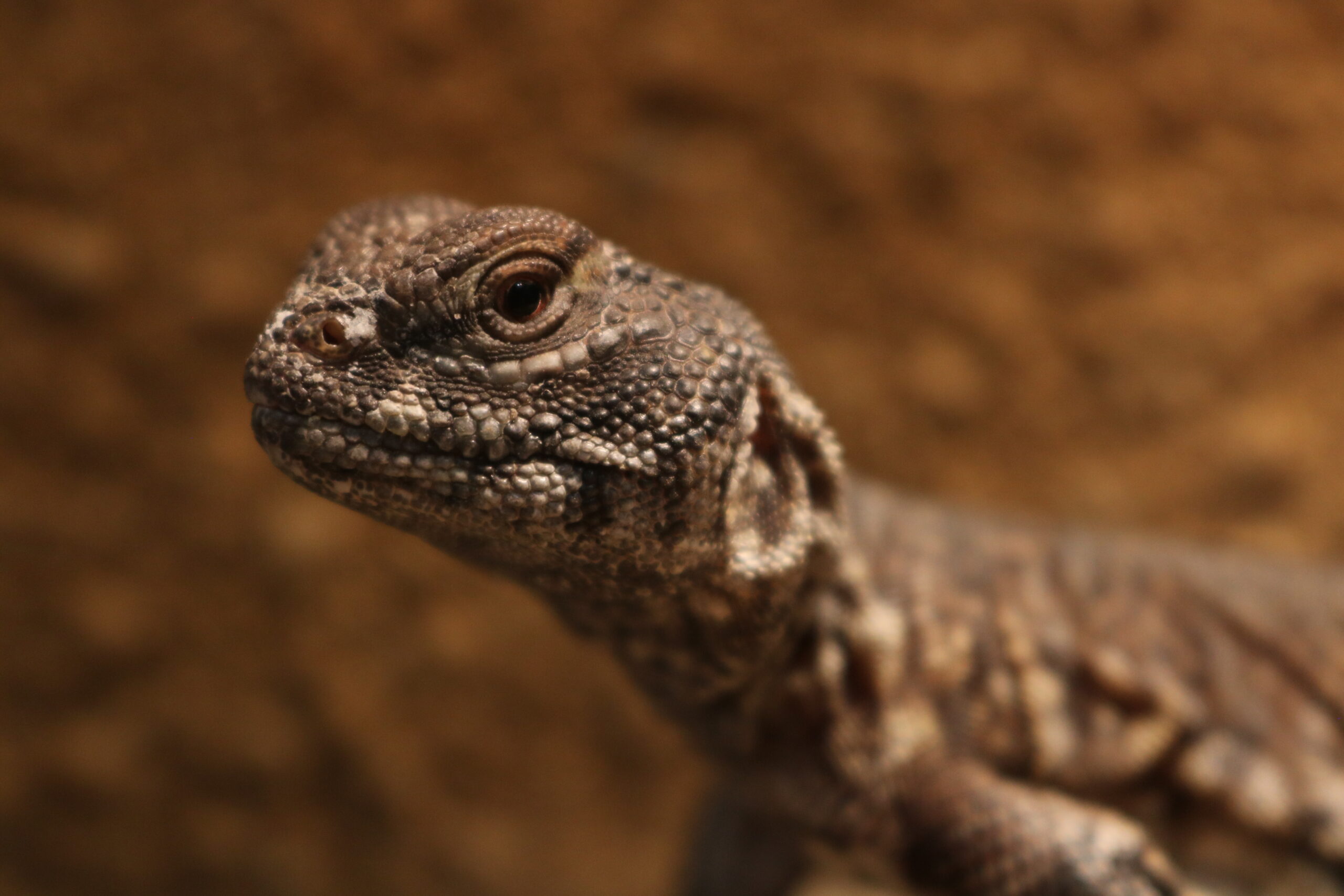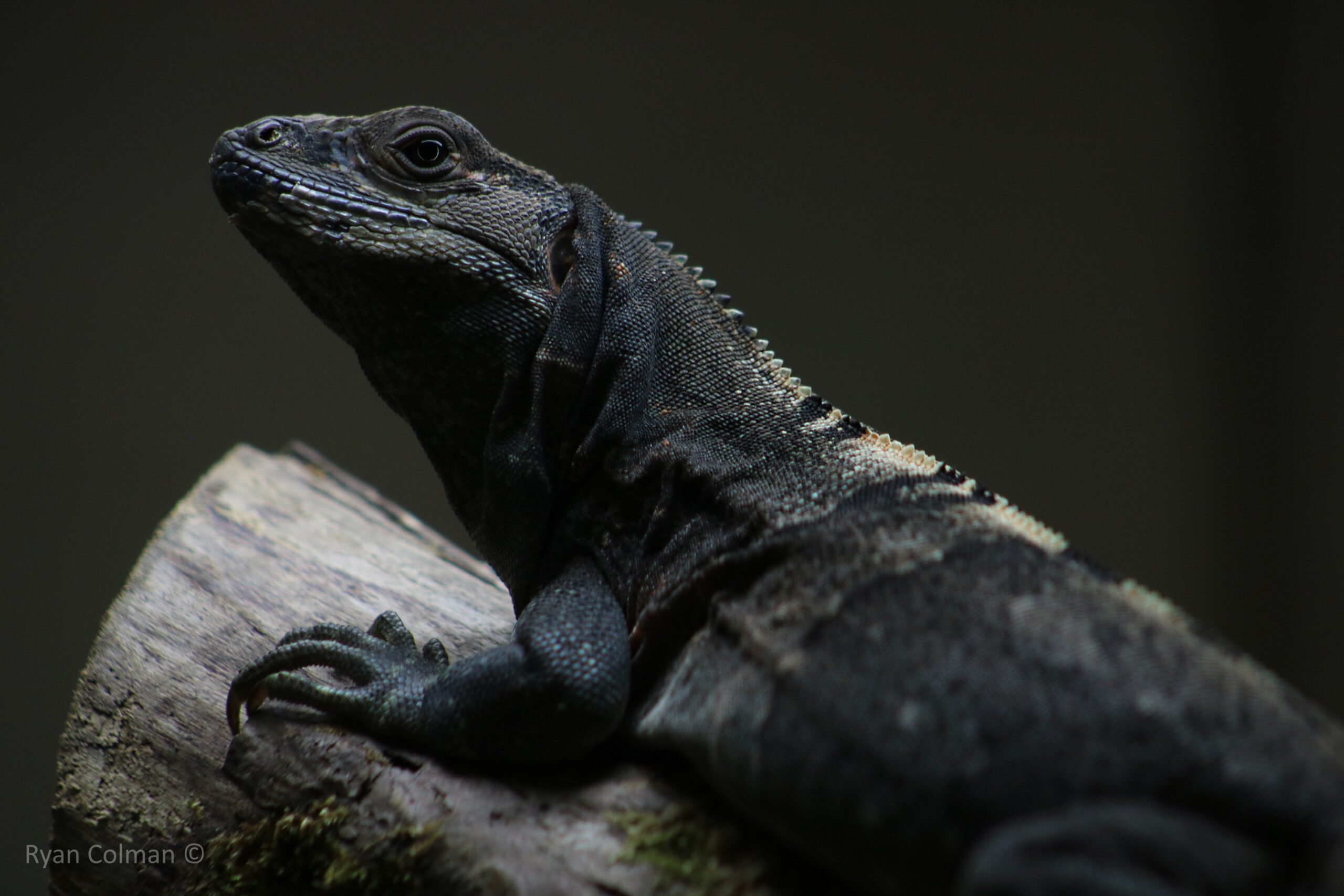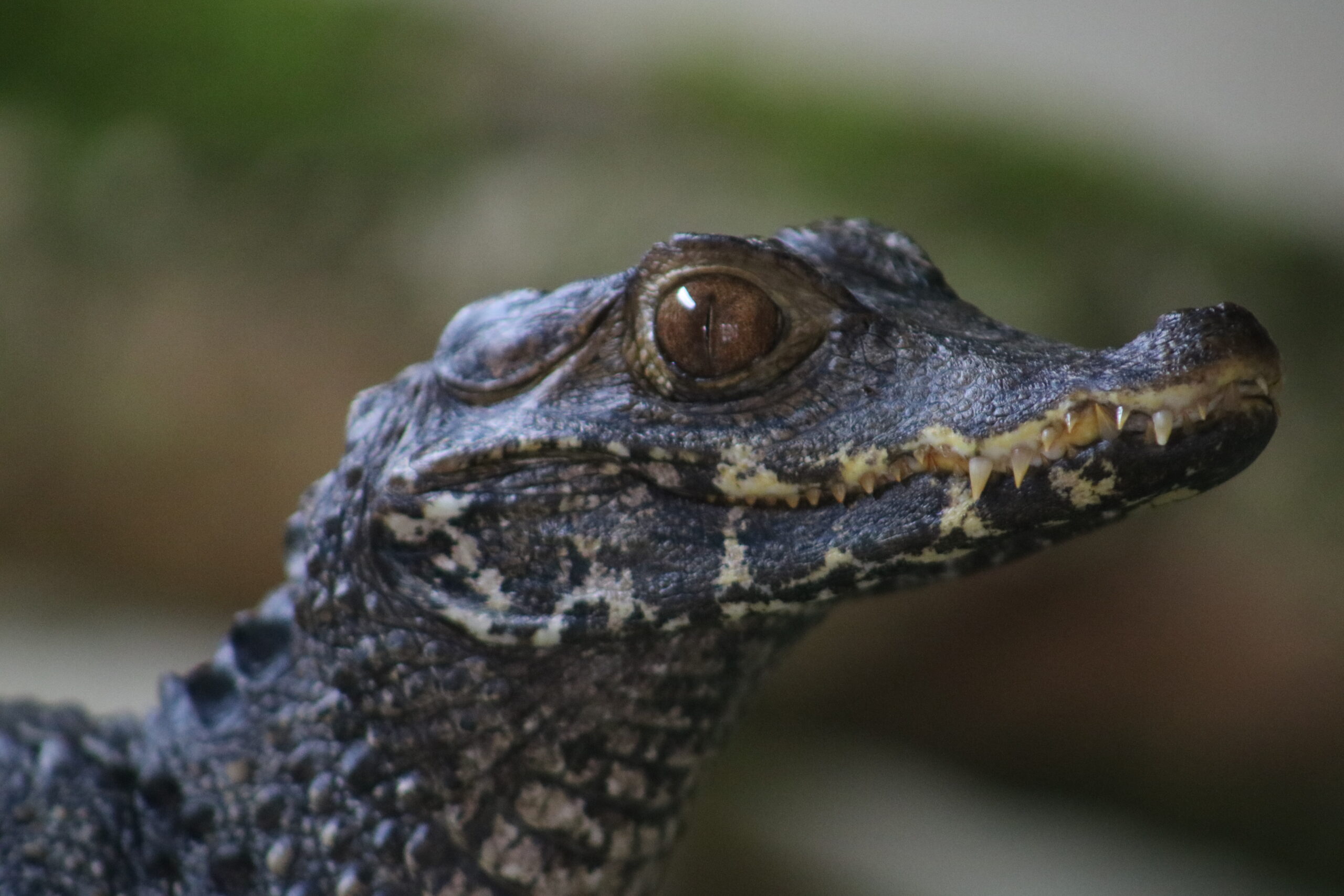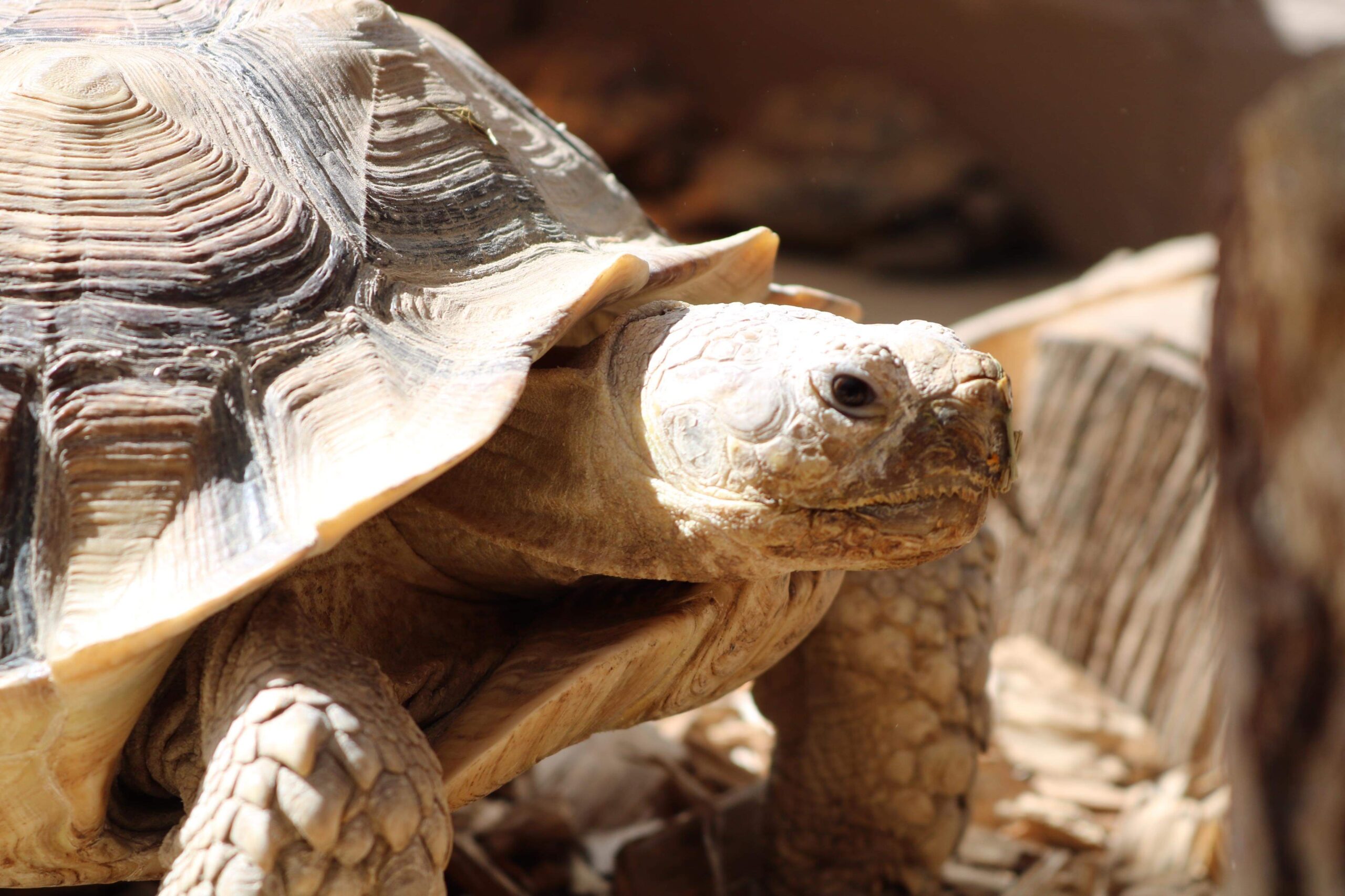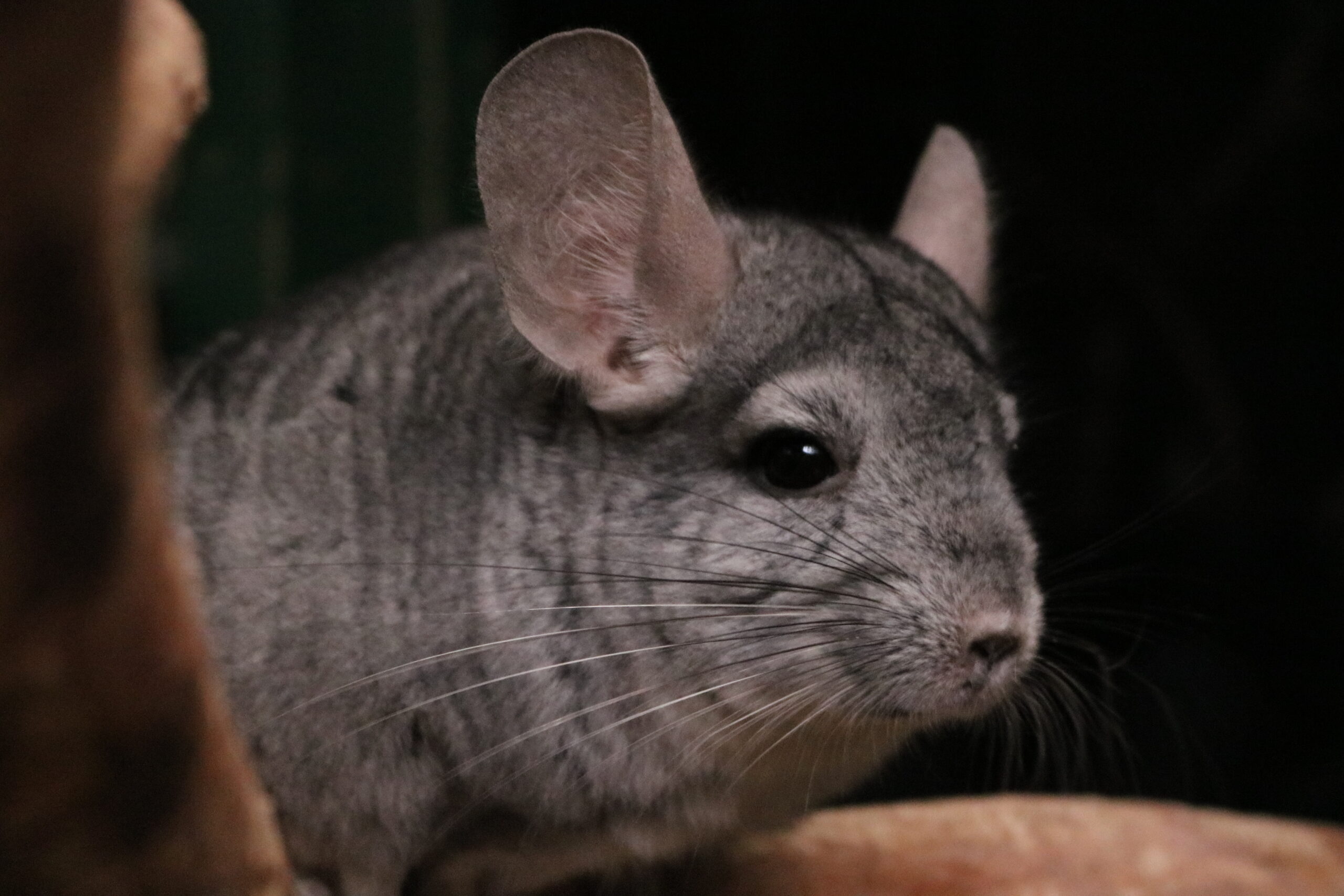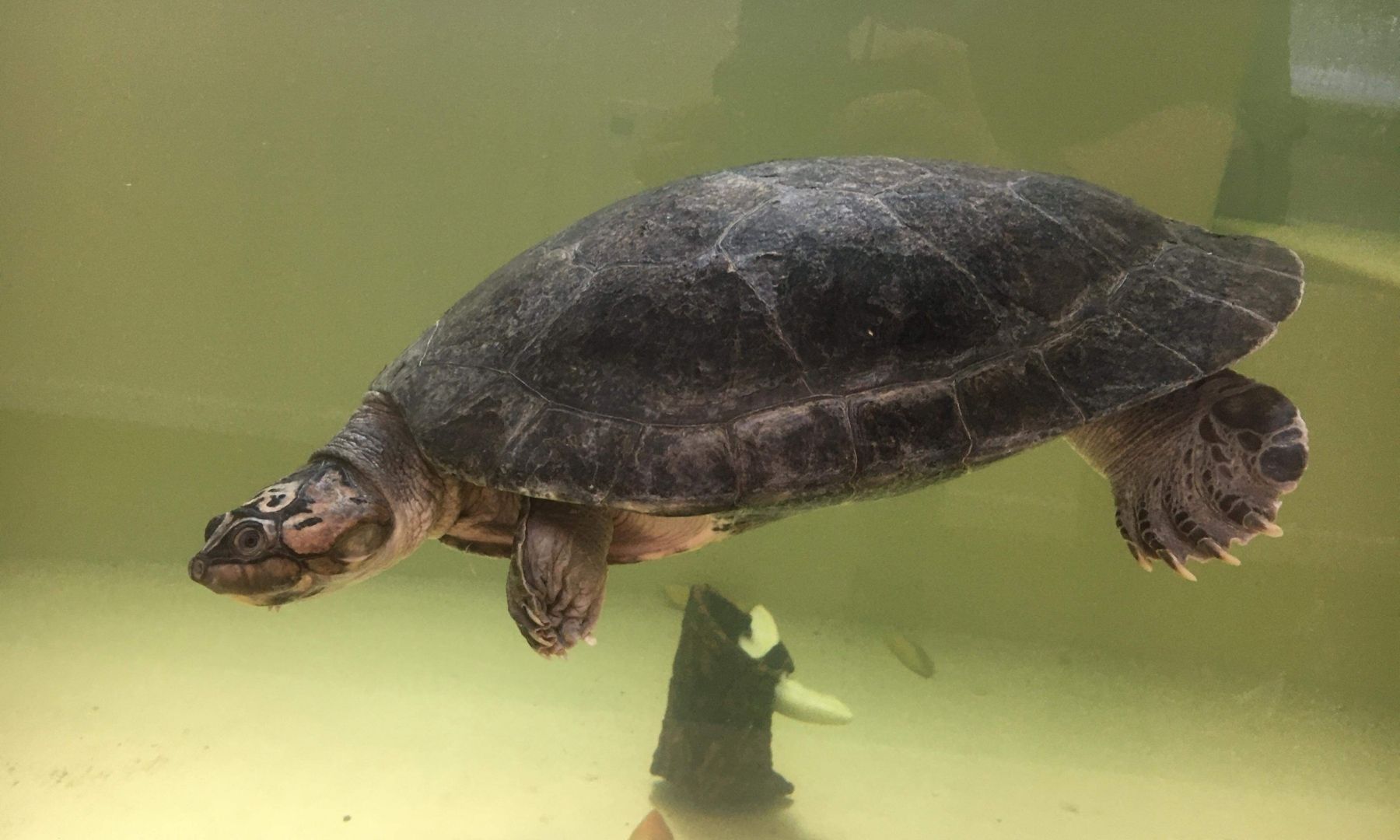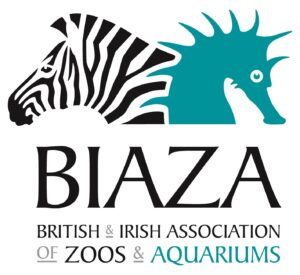Pere David’s Deer (Elaphurus davidianus) FUN FACTS Animal Class: Mammals. Distribution: China – Extinct in the wild. Habitat: Valleys, grasslands, reed beds, marshes. Diet: Herbivores. They mainly eat grasses and occasionally aquatic plants. Appearance: Tan coat in the summer which changes to grey in the winter with large, partially webbed hooves. Size: Adults can weigh upRead more ⟶
Category: Animal page
Kinkajou
Kinkajou (Potos Flavus) FUN FACTS Animal Class: Mammals. Distribution: Central and South America. Habitat: Tropical forests. Diet: Omnivorous. They mainly eat fruit and nectar, but willoccasionally eat eggs, insects and small vertebrates. Size: They can reach up to 190cm in length including their tail. Lifespan: In the wild they can live up to 20 yearsRead more ⟶
Tomato Frog
Tomato Frog (Dyscophus guineti) Tomato frogs are aptly named for their striking colors. Females are a bright red-orange and males a yellow-orange. In some instances, they have black spots along their backs. These frogs can release a toxic secretion through their skin when threatened. FUN FACTS Animal Class: Amphibian. Distribution: Madagascar. Habitat: Rainforests and swampRead more ⟶
Macleay’s Spectre Stick Insects
Macleays Spectre Stick Insect (Extatosoma tiaratum) FUN FACTS Animal Class: Invertebrate. Distribution: Australia. Diet: Herbivorous. Lifespan: Approximately 1 year. CONSERVATION STATUS Least Concern. Population Trend Unknown. Threats There are no major threats to this species. Population Unknown. Did you know? The Macleay’s Spectre Stick Insect can grow up to 150mm! See our Macleay’s Spectre StickRead more ⟶
Moroccan Uromastyx
Moroccan Uromastyx (Uromastyx acanthinura nigriventris) FUN FACTS Animal Class: Reptile. Distribution: Africa and Middle East. Habitat: Shrubland, Rocky areas, Desert. Diet: Herbivorous. Appearance: Spiked tails, which they use to attack potential predators. Size: 30cm. Lifespan: 15 years. CONSERVATION STATUS Least Concern Population Trend Decreasing Threats N/A Population Unknown Did you know? Moroccan Uromastyx areRead more ⟶
Black Spiny-tailed Iguana
Black Spiny-Tailed Iguana (Ctenosaura Similis) Black Spiny-tailed Iguanas are native to Central America. Black Spiny-tailed Iguanas are social and territorial animals that live in colonies. FUN FACTS Animal Class: Reptile. Distribution: Central America. Habitat: Tropical forests and savannah grasslands. Diet: Omnivorous. Eat a wide range of fruits, plants, and flowers. Also opportunistically take smaller animals,Read more ⟶
Cuvier’s Dwarf Caiman
Cuvier’s Dwarf Caiman (Paleosuchus palpebrosus) The Cuvier’s Dwarf Caiman is the smallest member of the crocodilian family. They are native to South America and can swim at a speed of 30 miles per hour. FUN FACTS Animal Class: Reptile. Distribution: Central America. Habitat: Wetlands and Rivers. Diet: Carnivorous. Eat a wide array of vertebrates andRead more ⟶
African Spurred Tortoises
African Spurred Tortoise (Centrochelys sulcata) African Spurred Tortoises are native to the Sahara Desert and the Sahel in Africa. To get to areas with higher moisture, these Tortoises dig burrows which may reach up to 10 feet below the ground where they spend the warmer parts of the day. They then come out when theRead more ⟶
Chinchilla
Chinchilla (Chinchilla lanigera) Chinchillas are exceptionally social animals. Colonies in the wild can sometimes exceed 100’s of individuals. Their thick fur keeps them warm in their mountain habitat, but unfortunately it is this thick fur that humans hunt for, resulting in the Chinchilla being classed as critically endangered in the wild. FUN FACTS AnimalRead more ⟶
Giant South American River Turtle
Giant South American River Turtle (Podocnemis expansa) Giant South American River Turtles inhabit freshwater rivers with sandy banks or sandbars, which are crucial for nesting. FUN FACTS Animal Class: Reptile. Distribution: South America. Habitat: Wetlands and Rivers. Diet: Omnivorous. They primarily eat fruit, but also eat seeds, roots, leaves, freshwater sponges, small fish, crustaceans and molluscs. Appearance:Read more ⟶

